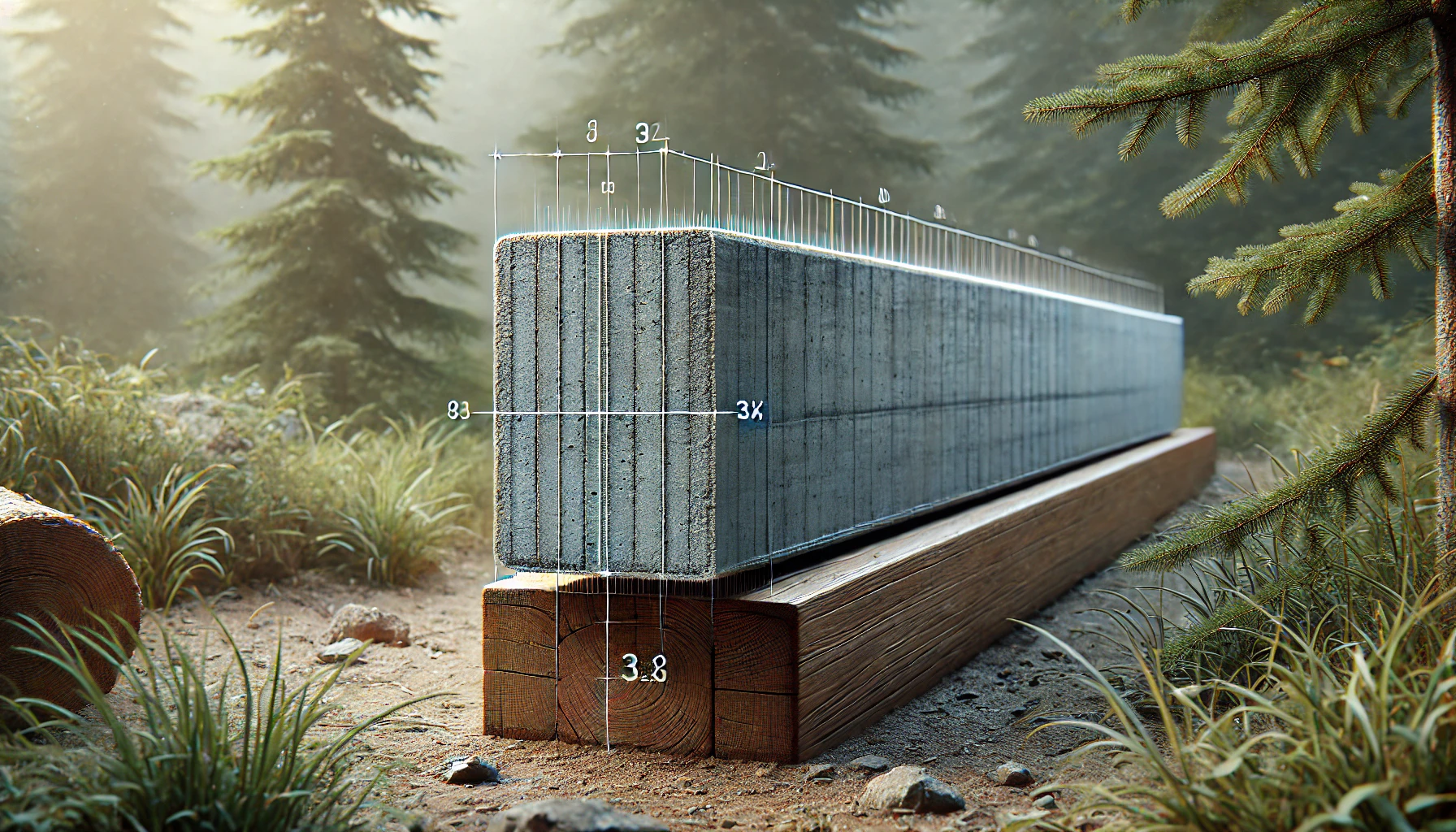A beam with continuous load is one of the fundamental topics in structural mechanics. Practical applications of such calculations are found in construction, where it is necessary to estimate the loads acting on structural elements. In this article, we will explain step by step how to solve a problem involving a beam with continuous load, which formulas to apply, and provide examples of practical solutions.
Understanding the concept – beam with continuous load
A beam with continuous load is a beam subjected to a distributed force along its entire length. This type of load differs from point load, which acts on a specific point. In practice, continuous load can come, for example, from the self-weight of the beam, wind forces, or snow loads. To properly understand how to solve the problem, one must be familiar with basic formulas and internal force diagrams.
Types of beams with continuous load
Beams with continuous load can have various types of supports: pinned, roller, or fixed. Each of these supports affects how the beam reacts to the load. For instance, a pinned support allows rotation but prevents horizontal movement, which is crucial for analyzing force distribution.
Internal force diagrams
To correctly solve a problem involving a beam with continuous load, it is essential to determine bending moments and shear forces. The bending moment indicates how much the beam bends under the load, while the shear force represents reactions within the cross-sections.
Formulas and basic equations
In the case of a beam with continuous load, several basic formulas are used to calculate internal forces. The most important are:
- Bending moment at the center of the beam:
M = -\frac{qL^2}{8},
where q is the continuous load, and L is the length of the beam. - Support reactions:
R_A = R_B = \frac{qL}{2},
where R_A and R_B are the reactions at the supports. - Deflection at the center of the beam:
f = \frac{5qL^4}{384EI},
where E is the modulus of elasticity, and I is the moment of inertia of the cross-section.
Example problem solution
To better understand how to use the above formulas, let’s consider an example. We have a beam with a length of L = 6 \, \text{m}, subjected to a continuous load of q = 2 \, \text{kN/m}. We want to calculate the bending moment, support reactions, and maximum deflection of the beam.
- Bending moment:
M = -\frac{2 \times 6^2}{8} = -9 \, \text{kNm}. - Support reactions:
R_A = R_B = \frac{2 \times 6}{2} = 6 \, \text{kN}. - Deflection at the center of the beam:
f = \frac{5 \times 2 \times 6^4}{384 \times E \times I}. Values for E and I must be known to proceed with the calculations.
Effect of support type on results
The type of support significantly impacts the reactions that occur in the beam. Beams fixed rigidly at the ends will exhibit different bending moments than beams with pinned supports. For example, a beam with rigid supports will have a higher bending moment compared to a pinned beam, which is important when designing structural elements.
Pinned supports allow some vertical displacement but prevent rotation. This changes the force distribution in the beam compared to fixed supports. For a structural designer, understanding how forces affect individual components of the structure is critical.
Continuous load on multi-span beams
Multi-span beams are more complex structures with more than one span. In such cases, the analysis of bending moments and shear forces becomes more intricate. Each span may be subjected to different loads, requiring numerical methods or simplified analytical methods.
For example, a two-span beam with different loads on each span would require more complex calculations for bending moments and support reactions compared to a single-span beam with continuous load.
Practical tips for solving problems
When solving problems involving beams with continuous load, keep these key points in mind:
- Clearly identify the type of supports, as this affects calculation results.
- Ensure that all units are consistent. For example, if the load is given in \text{kN/m}, the beam length should also be in meters.
- Apply formulas in the correct sequence to avoid errors.




